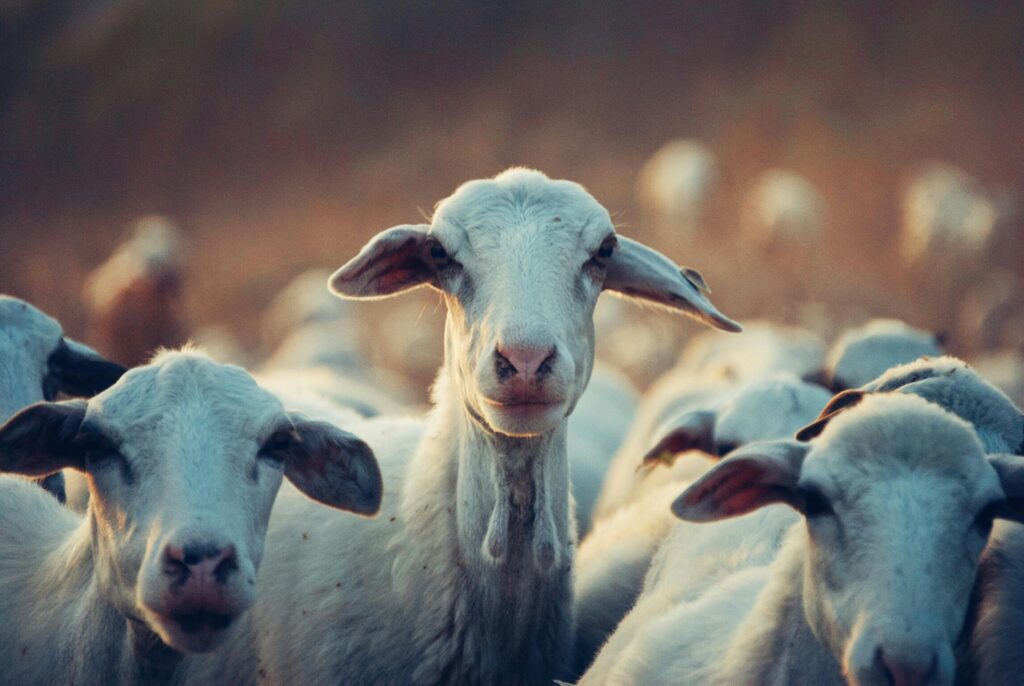Table of Contents
Introduction: Raising Goats for Beginners
Embarking on the journey of raising goats for beginners can be both a rewarding and challenging endeavor, especially for beginners. Goats are versatile animals known for their milk, meat, and fiber, making them a valuable addition to any farm. However, like any farming venture, goat farming requires knowledge, preparation, and dedication.
For those new to this experience, understanding the basics of goat care, breed selection, and farm setup is crucial. This guide aims to equip beginners with the necessary insights and tips to start their goat farming journey on the right note. By covering essential aspects such as choosing the right breed, feeding, health care, breeding, and financial planning, this blog will serve as your comprehensive manual to raising goats.
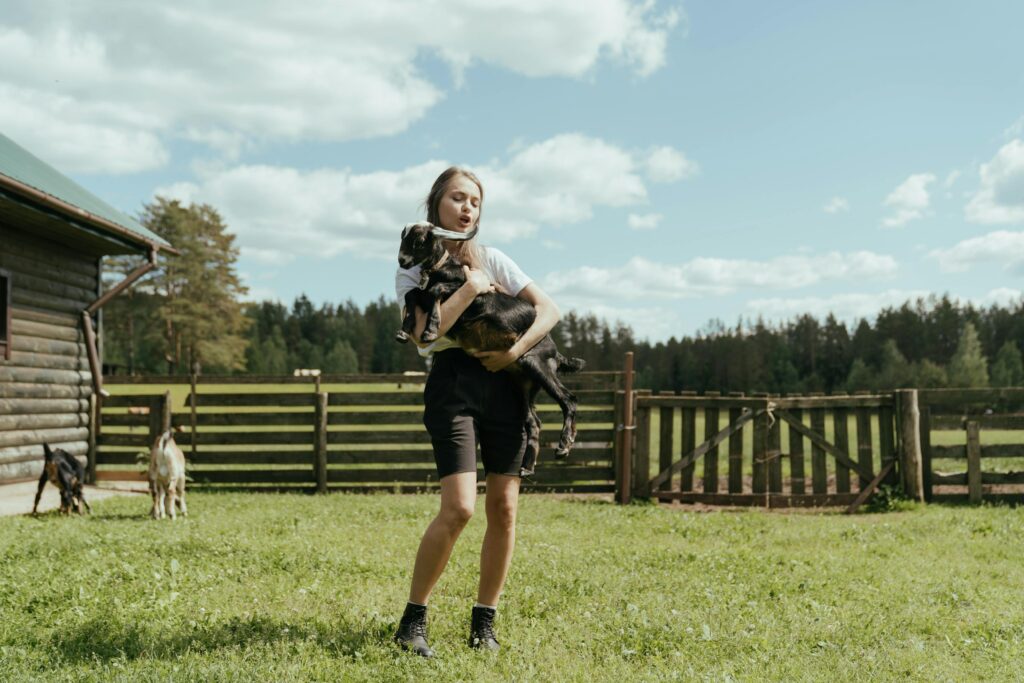
Section 1: Getting Started with Goat Farming
Embarking on your goat farming journey begins with two critical steps: choosing the right breed and setting up your farm to accommodate your new herd. This section will guide you through these initial stages, ensuring you lay a strong foundation for your goat farming endeavor.
Sub-section 1.1: Choosing the Right Breed
Raising goats for beginners starts with selecting the breed that best suits your farming goals. Goats serve various purposes, from producing milk, meat, and fiber to being kept as pets. Here are some factors to consider when choosing your breed:
- Purpose: Decide on what you want to achieve with your goat farm. Dairy breeds like Nubians and Saanens are excellent for milk production, while Boer goats are preferred for meat. If you’re interested in fiber, consider breeds like Angoras.
- Climate Adaptability: Some breeds are better suited to certain climates than others. Make sure the breed you choose can thrive in your local weather conditions.
- Space and Resources: Consider the amount of space and resources you have available. Some breeds require more space and food than others.
Researching and understanding the specific needs and characteristics of each breed is crucial in making an informed decision. This step is not just about the immediate benefits but also about ensuring the long-term sustainability of your goat farming venture.
Sub-section 1.2: Setting Up Your Farm
Once you’ve chosen your breed, preparing your farm is the next critical step. A well-thought-out setup is essential for the health and productivity of your goats.
- Shelter: Goats need a clean, dry, and ventilated shelter to protect them from the elements and predators. It doesn’t need to be elaborate but should provide enough space for all your goats to rest comfortably.
- Fencing: Proper fencing is crucial for keeping your goats safe and contained. Goats are known for their ability to escape, so ensure your fencing is secure and high enough to prevent jumping over.
- Feeding Stations and Water Supply: Designate areas for feeding and always provide access to clean water. Goats require a balanced diet, so consider the placement of feeding stations to encourage healthy eating habits.
- Space for Exercise: Goats are active animals that need space to roam and exercise. Ensure your farm includes an area where they can move freely and engage in natural behaviors.
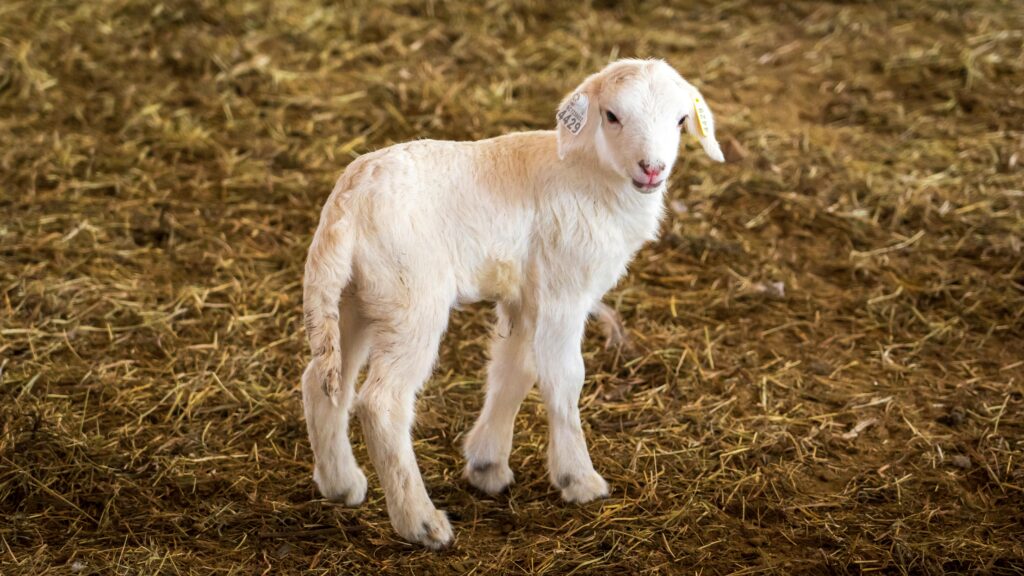
Section 2: Goat Care and Management
Proper care and management are pivotal for the success of your goat farming venture. This section delves into the essentials of feeding your goats and maintaining their health and wellness, providing a comprehensive guide to ensure your herd thrives.
Sub-section 2.1: Feeding Your Goats
Feeding is at the heart of good goat management, with nutrition playing a crucial role in the health, productivity, and well-being of your goats. Understanding the basics of goat nutrition and feed types is essential for raising goats for beginners.
- Basic Nutrition: Goats require a balanced diet consisting of carbohydrates, proteins, vitamins, minerals, and water. Their primary diet is hay, which should be of high quality and free from mold and dust. Goats also need a variety of pasture, browse, and sometimes supplemental grains to meet their nutritional needs.
- Feed Types and Schedules: Offer a mix of roughage (like hay and pasture) and concentrates (grains and commercial feeds), especially if you’re raising goats for milk or meat production. Ensure that fresh, clean water is always available. Feeding schedules can vary, but goats generally need to be fed twice a day to keep their digestive systems working correctly.
Sub-section 2.2: Health and Wellness
Maintaining the health and wellness of your goats involves regular health checks, vaccinations, and prompt attention to any signs of illness. Preventative care is key to avoiding many common health issues.
- Common Health Issues: Be aware of common health problems in goats, such as parasites, respiratory issues, and foot rot. Regular deworming and maintaining clean living conditions can help prevent many of these issues.
- Preventive Care: Establish a relationship with a veterinarian who is experienced with goats. Regular health checks and vaccinations are crucial for preventing diseases. Learn to recognize the early signs of illness, such as changes in appetite, behavior, or milk production, as early intervention can prevent more serious problems.
- Routine Check-Ups: Regular hoof trimming, dental care, and body condition scoring are part of routine goat care. Keeping detailed health records for each goat will help you monitor their health status and make informed decisions.
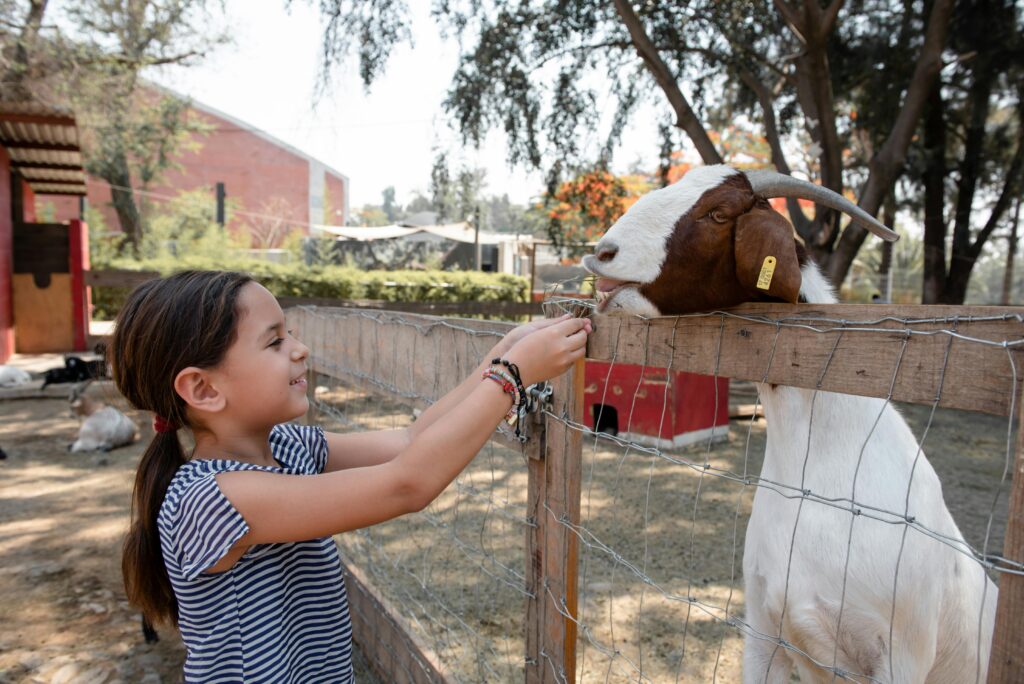
Section 3: Breeding and Kid Rearing
Breeding goats is a significant aspect of goat farming, leading to herd expansion and the generation of farm products such as milk, meat, and fiber. Understanding the breeding process and how to care for kids are vital steps in raising goats for beginners.
Sub-section 3.1: Understanding Goat Breeding
Breeding requires careful planning and knowledge of goat genetics and reproductive health. Here’s what beginners need to know:
- Breeding Season: Most goats are seasonal breeders, with the breeding season typically occurring in the fall. Knowing when your goats come into heat is crucial for successful breeding.
- Selecting Breeding Stock: Choose healthy, high-quality bucks and does for breeding. Look for goats with desirable traits that align with your farming goals, such as milk production, meat quality, or fiber characteristics.
- Health and Nutrition: Ensure both does and bucks are in good health and optimal condition before breeding. Proper nutrition is essential for fertility and successful pregnancy outcomes.
Sub-section 3.2: Caring for Kids
The arrival of kids is an exciting time on the goat farm. Proper care during their early life stages is crucial for their survival and growth.
- Preparation: Prepare a clean, warm, and safe kidding area before the does are due to give birth. Having a birthing kit on hand, including gloves, towels, and iodine for navel disinfection, can help you assist with deliveries if necessary.
- Immediate Care: Ensure that kids are breathing well and have dried off after birth. Early feeding is critical, so make sure kids nurse within the first hour to receive colostrum, which is vital for immunity.
- Vaccinations and Weaning: Follow a recommended vaccination schedule to protect the kids from common diseases. Kids can be weaned from their mothers at about 8 to 10 weeks of age, depending on their development and weight gain.
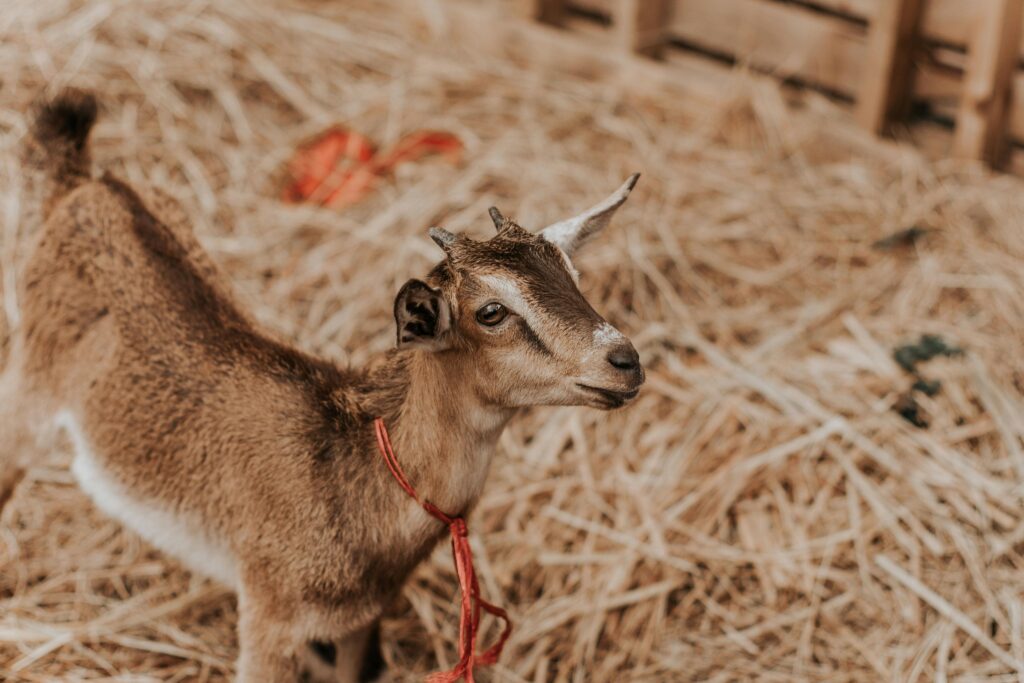
Section 4: Financial Aspects of Goat Farming
Understanding the financial aspects of goat farming is crucial for both short-term success and long-term sustainability. This section explores the costs associated with starting and maintaining a goat farm, as well as potential revenue streams that can help make your goat farming venture profitable.
Sub-section 4.1: Understanding Costs
Raising goats for beginners involves initial investments and ongoing expenses that are important to consider for effective financial planning.
- Initial Investment: This includes the cost of purchasing goats, setting up shelter and fencing, and acquiring initial feed and supplies. The price of goats varies by breed, age, and purpose (dairy, meat, fiber), so select breeds that align with your goals and budget.
- Ongoing Expenses: Regular costs include feed, veterinary care, maintenance of the farm infrastructure, and labor if you’re hiring help. It’s also wise to set aside funds for unexpected expenses, such as emergency veterinary care or repairs to farm infrastructure.
Careful budgeting and financial management are key to navigating these costs without compromising the health and productivity of your goat herd.
Sub-section 4.2: Revenue Streams
Diversifying revenue streams can significantly contribute to the profitability of your goat farming operation. Here are some potential sources of income:
- Products: Depending on your focus, you can sell goat milk, meat, or fiber. Artisanal products like cheese and yogurt or handspun fibers can fetch a higher price in niche markets.
- Breeding: Selling kids or breeding stock, especially from well-regarded breeds or lines, can be lucrative. Ensure you maintain high standards of health and genetics to attract buyers.
- Agrotourism: If your farm is in a good location, offering farm tours, educational workshops, or farm stays can generate additional income.
- Grants and Subsidies: Explore agricultural grants and subsidies available in your area. These can provide financial support for sustainable practices, expansion, or innovation.
Dog Breeding for Beginners: Unlock Your 1st Successful Litter
Raising Goats for Beginners: Conclusion
Raising goats for beginners offers a unique opportunity for beginners to engage in a rewarding agricultural venture. From selecting the right breed and setting up your farm to managing the health and productivity of your herd, each step on this journey requires dedication and informed decision-making. By understanding the intricacies of goat care, breeding, and financial management, you can build a successful and sustainable goat farming operation.
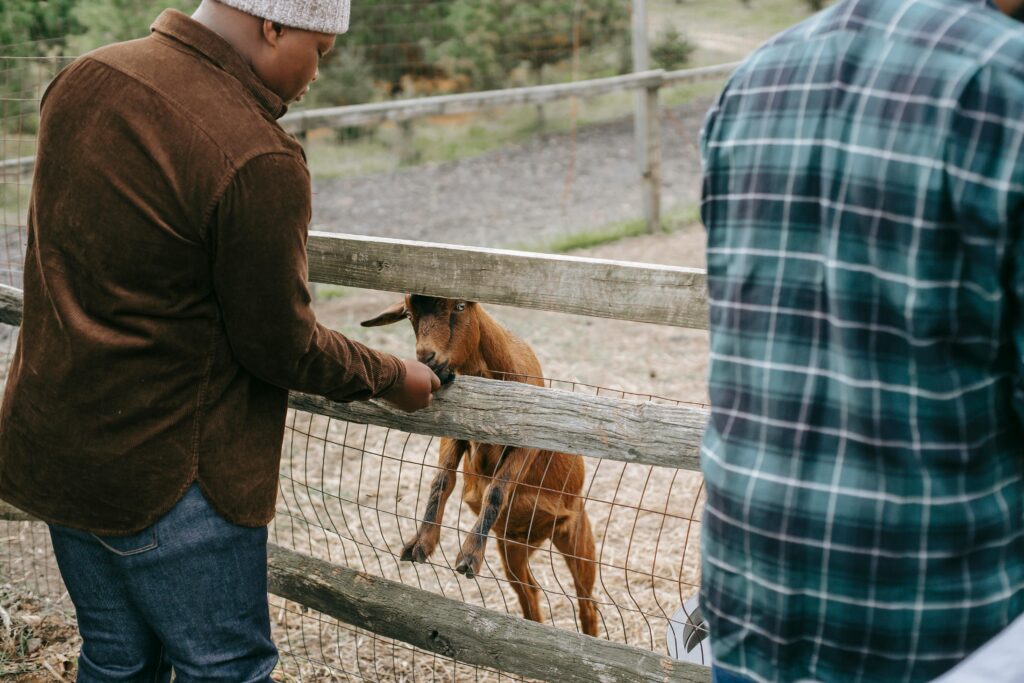
Frequently Asked Questions
How much space do I need for raising goats?
The amount of space needed depends on the number of goats and their breed. Generally, each goat requires about 200-250 square feet of outdoor space for grazing and exercise, plus shelter space.
What is the best goat breed for beginners?
Dairy breeds like Nubians and Saanens, the meat breed Boer, and the fiber breed Angora are all good choices, depending on your farming goals. Choose a breed that matches your climate and farming objectives.
How often should goats be fed?
Goats should have continuous access to hay or pasture for grazing. Concentrated feeds or grains are typically given in smaller amounts twice a day.
What are the common health issues in goats?
Common issues include parasites, respiratory conditions, and foot rot. Regular veterinary care and preventive measures, such as deworming and clean living conditions, can help mitigate these problems.
Can goat farming be profitable?
Yes, goat farming can be profitable, especially when you diversify your revenue streams through the sale of products like milk, meat, fiber, and value-added products, as well as breeding and agrotourism.

